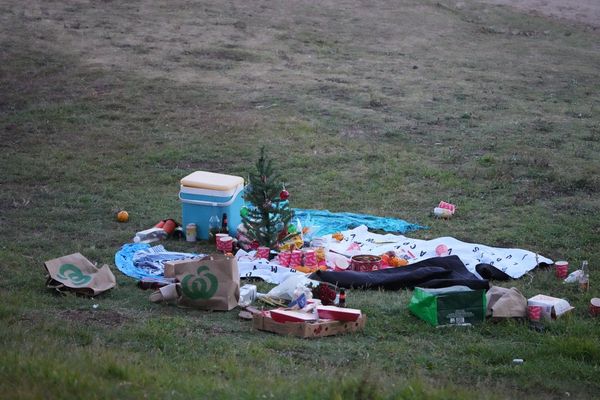
Back in 2021, Tesla started talking about the possibility of opening its previously-exclusive fast charging EV network to EVs made by other manufacturers. During an earnings call in July of that year, Tesla CEO Elon Musk even talked about rolling these changes out by the end of the year.
While EV users in the U.S. might have wished that it happened differently, Tesla began rolling out its pilot program to allow Supercharger access to non-Tesla EVs in Europe in November, 2021. Fast-forward to February, 2023, and new U.S. national electric vehicle charger rules appear to be forcing Tesla’s hand in the American market.
According to the new rules, EV chargers installed as part of the national EV charger network must be built in the U.S., effective immediately as of February 15, 2023. Additionally, 55 percent of the total cost of these chargers must come from U.S.-made components no later than January 1, 2024, according to Reuters.
Where does Tesla’s already-existing Supercharger network come into this? A total of $7.5 billion dollars in federal funding will be made available to help implement this plan—and companies like Tesla naturally want their piece of the pie.
To tap into it, however, they have to play by a certain set of rules—and those rules specifically stipulate the adoption of CCS chargers. Tesla can still use its own proprietary connectors as well, of course—but it has apparently already agreed to also incorporate CCS charging, according to the Biden administration. Think of it like the fuel pumps you can already access in the U.S. that offer different nozzles attached to different tanks for regular gasoline, ethanol flex-fuel blends, and/or diesel.
For electric motorcycle riders in the U.S., this news may be of interest to Energica and LiveWire riders, since those OEMs have already integrated CCS charging into their platforms. As of the time of writing on February 17, 2023, Zero Motorcycles do not currently use CCS charging, but RideApart has reached out to the OEM to inquire if there are any plans to integrate the standard in the foreseeable future. We will update this post if and when we hear back.







